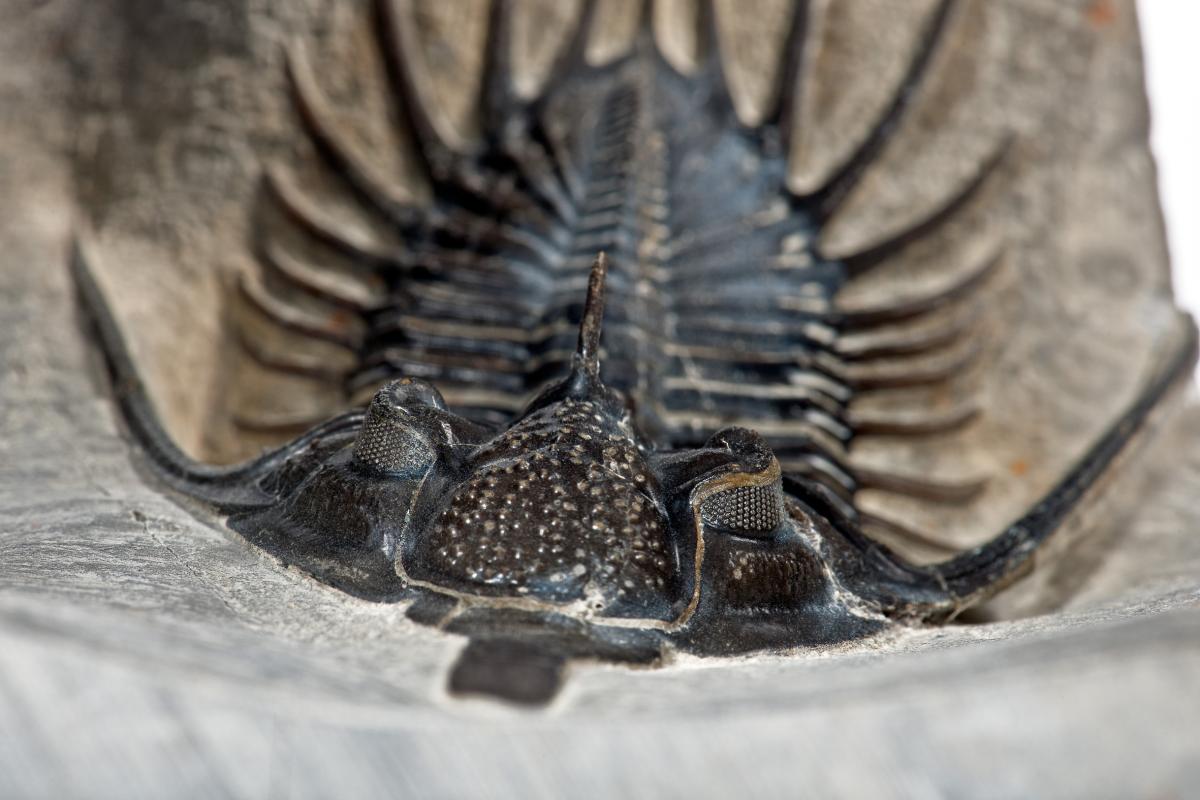It is a fundamental topic in evolution to understand which features of organisms promote long life and high diversity. In a new study, published as a featured article in the journal Paleobiology, paleontologists from the Museum für Naturkunde Berlin in Germany investigate whether the possession of eyes is a key advantage that leads to evolutionary success in the long run.
Rather than most vertebrates such as fish and mammals, for which the importance of eyes is self-evident, Martin Aberhan and colleagues studied fossil invertebrates that inhabited ancient seas over the past 540 million years. Trilobites, ammonoids, some clams and snails, and others used their eyes to orient and navigate in their environment, avoid predators, and locate food and mates.
The proportional diversity of sighted genera was highest in the Middle Cambrian to Middle Ordovician interval, shortly after the first animals with well-developed eyes occurred in the early Cambrian. The most likely explanation suggests that, with the first appearance of large predators in Cambrian seas, the selection pressure to develop eyes changed markedly compared to the paradisical, largely predator-free conditions for animals in late pre-Cambrian times. After this peak the proportion of sighted invertebrates fell to a fairly low and stable level that lasts until today. This pattern seems to contradict the primary hypothesis that eyes offer such a strong evolutionary advantage that their possessors outcompeted their blind comtemporaries.
However, Aberhan and collaborators looked more closely and compared the diversity histories within those clades that contained both blind and sighted genera. "Otherwise we run the risk to compare apples and oranges, because evolutionary rates differ strongly among groups of animals", Aberhan explains. These more refined analyses within trilobites, scallops, snails, and seastars and their relatives revealed preferential diversification of sighted genera. The underlying mechanism were significantly higher extinction rates of blind representatives within these groups, confirming the beneficial effect of eyes in the evolution of marine invertebrates. Thus - in slight modification of a well-known Shakespearean quotation – to see, or not to see, that is the question.
